Lets say we have a circuit as shown in the image 
Given that we know the impedance of the resistor as well as the PD of the voltage source, how can we predict the voltage drop across the diode? The characteristic V-I plot of any standard diode shows that for different voltages across the diode the current passing through it is different. So it is enough for us to obtain the voltage drop across the diode to find out the current flowing through it. However in order to obtain the voltage drop(without actually measuring with a voltmeter and only using analytical methods) we need to know the impedance of the diode which in turn depends on the voltage drop across the diode(non-linear nature of diode V-I). I would like to know how this problem is resolved.

